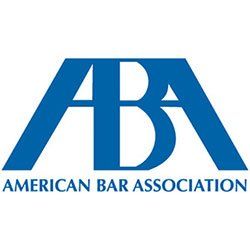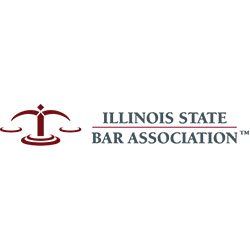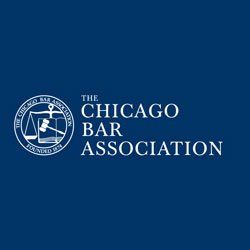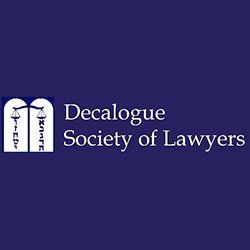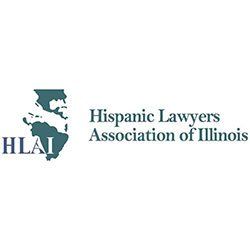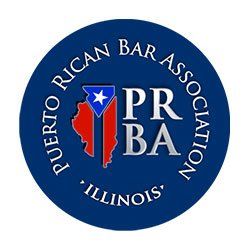CLIENT LOGIN
×HUD Finally Issues Rule Formalizing Standard On Discriminatory Effect In Housing
On February 8, 2013, the U.S. Department of Housing and Urban Development (“HUD”) issued a final rule, “Implementation of the Fair Housing Act’s Discriminatory Effects Standard. The rule formalizes a national standard for determining whether a housing practice violates the Fair Housing Act as the result of a discriminatory effect. The rule goes into effect on March 18, 2013.
HUD takes the position that the Rule reaffirms, formalizes, and provides a consistent interpretation of, its longstanding position that liability may arise under the FHA from a racially neutral practice that has a discriminatory effect, even if there is no evidence that the practice was motivated by discriminatory intent. HUD Secretary Shaun Donovan said “the Department, which has the responsibility and authority to interpret and enforce the Fair Housing Act, has long interpreted the Act to prohibit housing practices with an unjustified discriminatory effect, if those acts actually or predictably result in a disparate impact on a group of persons, or create, increase, reinforce or perpetuate segregated housing patterns. Indeed, this well-established legal precedent has been critically important in helping HUD remedy discriminatory practices in home rentals, sales, and financing nationwide. The rule formalizes the existing legal framework of the Fair Housing Act.”
The regulation is intended to establish uniform standards for determining when a housing practice with a discriminatory effect violates the Fair Housing Act. Eleven circuits court of appeals have agreed. However, there have been minor variations in how courts and HUD have applied the discriminatory effects theory.
The rule establishes a three-part test for proving liability for an unlawful discriminatory effect on housing-related activities, including the rental and financing of homes, on the basis of race, color, religion, sex, disability, familial status or national origin. The test does not take into consideration whether there has been any intention to discriminate, but focuses instead on whether a particular housing practice results in a discriminatory effect. A Plaintiff must prove that a challenged practice caused or predictably will cause a discriminatory effect. Once the plaintiff meets this burden of proof, the burden shifts to the defendant to prove that the challenged practice is necessary to achieve one or more substantial, legitimate, nondiscriminatory interests. If the defendant satisfies that burden, the plaintiff may still prevail by proving that the substantial, legitimate, nondiscriminatory interests supporting the challenged practice could be served by another practice that has a less discriminatory effect.
The rule provides clarity and consistency for individuals, businesses, and government entities subject to the Fair Housing Act. HUD anticipates that the rule will make it easier for individuals and organizations covered by the law to understand their responsibilities and comply with the law. Lending institutions and other housing providers expressed concern about formalizing the discriminatory effects liability standard as a regulation. HUD considered their comments but ultimately determined that the rule will not have a chilling effect on lending in lower-income communities, on development of affordable housing, on the use of credit scores, other evaluative tools or on other matters.
Fair housing advocates on the other hand, welcomed the news that the long-awaited rule would finally be published. In a press statement, Wade Henderson, president and CEO of The Leadership Conference on Civil and Human Rights, said, “by releasing these regulations on disparate impact today, HUD is empowering municipalities across the country to enforce housing codes equally for all Americans and bolstering protections for those who face housing discrimination.” Let’s just hope that the rule will be affirmed by the highest court of the land.
The post HUD Finally Issues Rule Formalizing Standard On Discriminatory Effect In Housing appeared first on Weiss Ortiz P.C..
MAIN OFFICE
SECOND OFFICE
THIRD OFFICE
By Appointment Only
500 Lake Cook Road, Suite 350
Deerfield, IL 60015
FOURTH OFFICE
By Appointment Only
18W140 Butterfield Road, 15th Floor Oakbrook Terrace, IL 60181
FIFTH OFFICE
By Appointment Only
3390 Mary Street
© 2021 Weiss Ortiz P.C.. All Rights Reserved. Terms & Conditions

